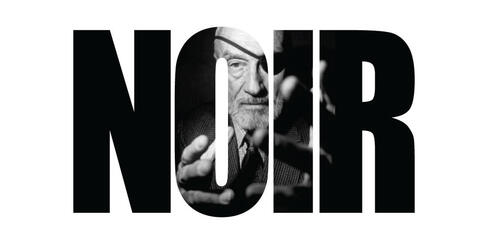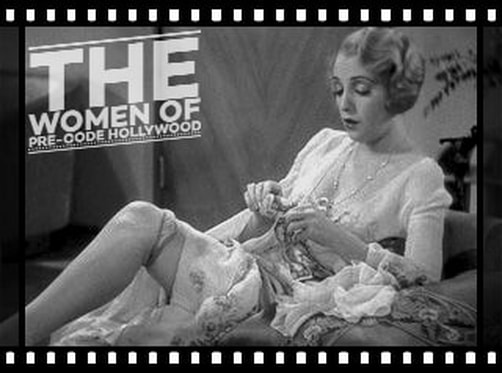Literature gave impetus to the horror and sci-fi films of the 1920's - with prolific authors as Edgar Allen Poe, H.G. Wells and Mary Shelley, among many others. Their timeless works explored the concepts of life and death and reanimating the dead (Frankenstein).
in the early nineteenth century, European filmmakers made an indelible mark in the U.S. with German Expressionism influences. Key amongst these films were Fritz Lang's Metropolis. This ground-braking 1927 film was the most expensive film ever released up to that point.
Films such as Dr. Jekyll and Mr. Hyde, first introduced in 1908 (and remade at least 10 times thereafter) ushered in the graphic concepts of insanity, good and evil - and created plenty of mad scientist fodder for years to come.
Actors thriving in this early genre included: Emil Jannings, John Barrymore, Conrad Veidt, and Lon Chaney.
in the early nineteenth century, European filmmakers made an indelible mark in the U.S. with German Expressionism influences. Key amongst these films were Fritz Lang's Metropolis. This ground-braking 1927 film was the most expensive film ever released up to that point.
Films such as Dr. Jekyll and Mr. Hyde, first introduced in 1908 (and remade at least 10 times thereafter) ushered in the graphic concepts of insanity, good and evil - and created plenty of mad scientist fodder for years to come.
Actors thriving in this early genre included: Emil Jannings, John Barrymore, Conrad Veidt, and Lon Chaney.
HORROR-SCIFI FILMS OF THE 1920s
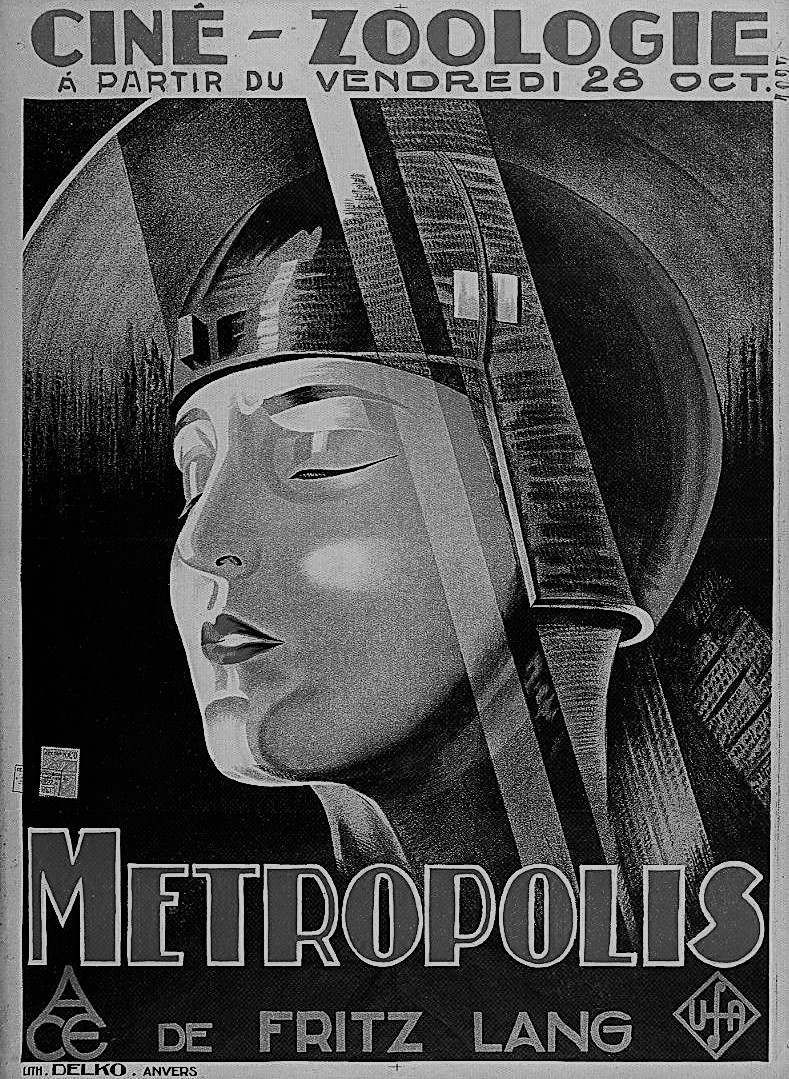 METROPOLIS (1927)
METROPOLIS (1927) (123 Min.) Genre: 1920 HORRORSCIFI, Transfer Quality: A
Set around the apocalyptic year of 2000, Metropolis has had a seminal influence on science fiction and futuristic movies as diverse as Bride of Frankenstein, Blade Runner, and Dark City. Featuring literally a cast of thousands, Metropolis creates a reality so complex and artistically unified the viewer gets swept away to this future world. Director Fritz Lang's surreal and occasionally incomprehensible storyline is overwhelmed by a visually spectacular exercise in German expressionism. Master cinematographer Karl Freund fills the screen with an array of stylized shadows, oblique camera angles, geometric images, and nightmarish labyrinths. The film's dialectical theme may seem dated in these post-Marxist times, and its message that the head and the hand can do no good without the heart may seem a little romantic to more cynical ages, but the warnings about techno-demagoguery continue to have modern relevance. The actors give typical silent film performances, full of exaggerated expressions and broad gestures, but they express their characters' fragile humanity despite these mannerisms. Rudolf Klein-Rogge's unforgettable work as the evil genius Rotwang became the template for all subsequent mad scientist performances. Despite being a critical and popular disappointment on its initial release, the film eventually gained cult status and was re-discovered by critics and audiences alike. When it was re-released in the 1980s, some missing footage was restored and a synthesizer-heavy soundtrack by Giorgio Moroder was added, to much gnashing of critical teeth. — Dan Jardine
Starring: Alfred Abel, Gustav Froehlich, Rudolf Klein-Rogge, Theodor Loos | Directed by: Fritz Lang
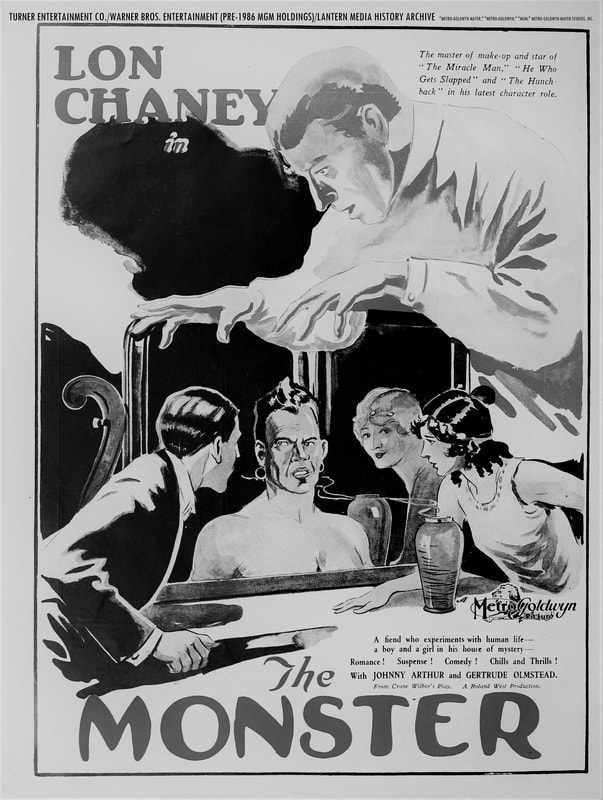 MONSTER, THE (1925)
MONSTER, THE (1925) (86 Min.) Genre: 1920 HORRORSCIFI, Transfer Quality: A
It's hard to tell at times whether director Roland West was aiming for laughs or thrills in The Monster, but this ambivalence is all part of the fun. Hallam Cooley and Johnny Arthur, two dumb clerks in Gertrude Olmstead's small-town general store, try to impress Olmstead by joining the sheriff's investigation of a rash of disappearances. The two heroes and heroine discover that a local lunatic asylum has been taken over by mad scientist Lon Chaney, who lures victims into his lair by arranging automobile accidents (it's the old mirror-on-the-highway trick again). Chaney straps poor Olmstead to the operating table, preparing to transform her "immortal soul" to the body of one of his monstrous creations, but Coolley and Arthur come to her rescue. The Monster was based on a play by Crane Wilbur, with a dash of Poe's "Dr. Tarr and Professor Fether" tossed in.
Starring: Lon Chaney, Gertrude Olmstead, Hallam Cooley, Johnny Arthur | Directed by: Roland West
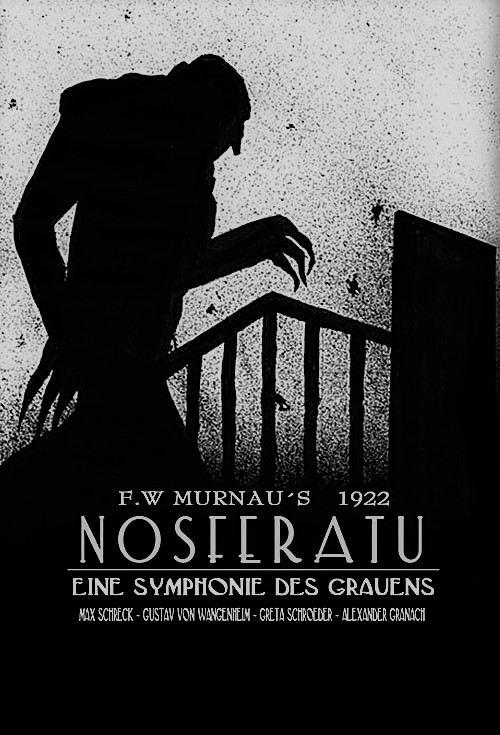 NOSFERATU (1922)
NOSFERATU (1922) (95 Min.) Genre: 1920 HORRORSCIFI, Transfer Quality: A
F. W. Murnau's landmark vampire film Nosferatu isn't merely a variation on Bram Stoker's Dracula: it's a direct steal, so much so that Stoker's widow went to court, demanding in vain that the Murnau film be suppressed and destroyed. The character names have been changed to protect the guilty (in the original German prints, at least), but devotees of Stoker will have little trouble recognizing their Dracula counterparts. The film begins in the Carpathian mountains, where real estate agent Hutter (Gustav von Wagenheim) has arrived to close a sale with the reclusive Herr Orlok (Max Schreck). Despite the feverish warnings of the local peasants, Hutter insists upon completing his journey to Orlok's sinister castle. While enjoying his host's hospitality, Hutter accidently cuts his finger-whereupon Orlok tips his hand by staring intently at the bloody digit, licking his lips. Hutter catches on that Orlok is no ordinary mortal when he witnesses the vampiric nobleman loading himself into a coffin in preparation for his journey to Bremen. By the time the ship bearing Orlok arrives at its destination, the captain and crew have all been killed-and partially devoured. There follows a wave of mysterious deaths in Bremen, which the local authorities attribute to a plague of some sort. But Ellen, Hutter's wife, knows better. Armed with the knowledge that a vampire will perish upon exposure to the rays of the sun, Ellen offers herself to Orlok, deliberately keeping him "entertained" until sunrise. At the cost of her own life, Ellen ends Orlok's reign of terror once and for all. Rumors still persist that Max Schreck, the actor playing Nosferatu, was actually another, better-known performer in disguise. Whatever the case, Schreck's natural countenance was buried under one of the most repulsive facial makeups in cinema history-one that was copied to even greater effect by Klaus Kinski in Werner Herzog's 1979 remake - Nosferatu the Vampyre.
Starring: Max Schreck, Alexander Granach, Gustav VonWangenheim, Greta Schroeder | Directed by: F.W. Murnau
 PHANTOM OF THE OPERA, THE (1925)
PHANTOM OF THE OPERA, THE (1925) (90 Min.) Genre: 1920 HORRORSCIFI, Transfer Quality: A
Heavily influenced by German Expressionism, with its moody sets and murky patterns of shadows and light, The Phantom of the Opera set the style for such subsequent films as Dracula, Frankenstein and The Hunchback of Notre Dame. The melodramatic tale of a deformed man, an abused outsider all his life, searching for love in a world of socialites repulsed by his presence, obviously derives from Victor Hugo's classic Hunchback novel. The film's visual emphasis on subterranean settings and impressive sets, such as the Paris Opera House, also clearly informed these later films. As the Phantom, Lon Chaney created such an empathetic villain that it was nearly impossible not to root for him. The groundbreaking use of the costly two-strip Technicolor process in some key scenes is tremendously effective in conveying the film's tone. On-set battles led to a series of directors, including Chaney himself, taking the helm for different scenes, but the final vision was that of New Zealander Rupert Julian. Even as the story deteriorates into hokey melodrama, Chaney's riveting performance holds the film together to the end. The moment when the Phantom's mask is ripped away remains one of the most chilling moments in movie history. — Dan Jardine
Starring: Lon Chaney, Mary Philbin, Norman Kerry, Arthur Edmund Carewe | Directed by: Rupert Julian
 WAXWORKS (1924)
WAXWORKS (1924) (63 Min.) Genre: 1920 HORRORSCIFI, Transfer Quality: A
German filmmaker Paul Leni functioned as both director and production designer for the Caligariesque Waxworks (Das Wachsfigurenkabinett). Using a wax museum as the unifying factor, Leni weaves three separate stories of Evil Incarnate. Emil Jannings stars as middle-Eastern despot Harroun al Raschid; Conrad Veidt is cast as Ivan the Terrible; and Werner Krauss impersonates Jack the Ripper. Of the three, Ivan is perhaps the most odious, especially in his sadistic cat-and-mouse treatment of his victims (it is said that Russian director Sergei Eisenstein patterned his Ivan the Terrible after Veidt's). On the strength of this film, Leni was invited to Hollywood by Universal's Carl Laemmle, and the result was the classic "old dark house" meller The Cat and the Canary. Sadly, most surviving prints of Waxworks are taken from the watered-down, expurgated American released version. — Hal Erickson
Starring: Werner Krauss, Conrad Veidt, William Dieterle, Emil Jannings | Directed by: Paul Leni





